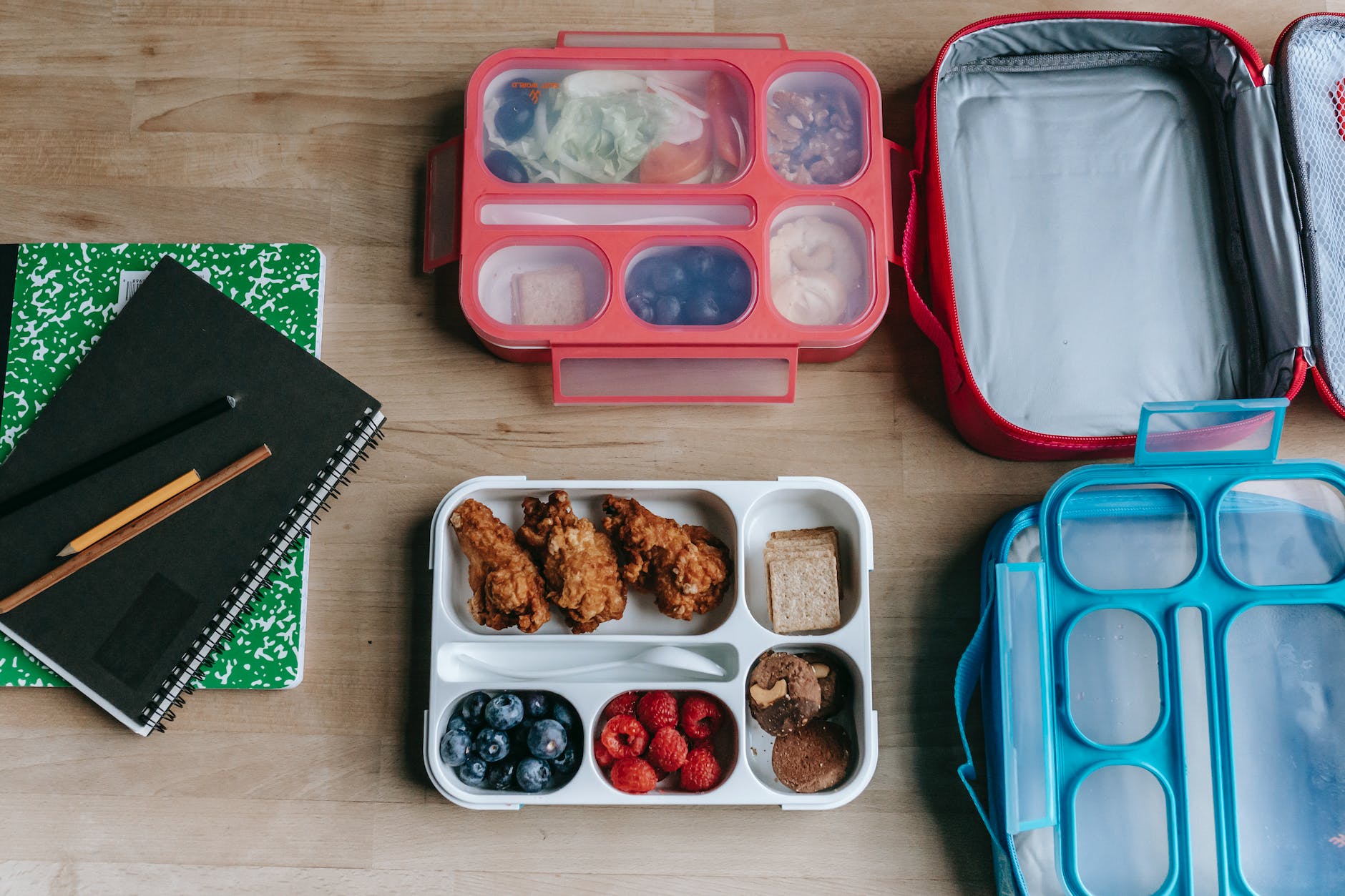In our Tech and Gadgets corner today, we’re stepping slightly outside the box. While we often focus on the latest digital innovations, today’s topic is just as crucial in our tech-driven lives – sustainability. Specifically, we’re diving into the world of reusable kids’ lunch boxes, a green alternative to the ubiquitous plastic Ziplock bag.
Why Switch to Reusable Lunch Boxes?
The answer is simple: sustainability and health. Millions of plastic bags end up in landfills every year, taking centuries to decompose. By switching to reusable lunch boxes, we’re not just reducing waste but also ensuring our kids aren’t exposed to the potential toxins in plastics.
Reviewing the Top Reusable Lunch Boxes
- Bento-Style Boxes: These Japanese-inspired lunch boxes have multiple compartments for different types of food. They’re perfect for kids who like a variety of snacks and help in portion control. Many come with fun designs and are made of durable, safe materials like stainless steel or BPA-free plastic.
- Pros: Offers compartmentalized sections for different foods, encouraging a balanced diet. Often comes in fun, kid-friendly designs.
- Cons: Some may not be leak-proof between compartments, which can be a problem with liquid-y foods.
- Top Pick: The ‘Yumbox Original’ is a favorite for its leak-proof design, durability, and ease of opening for little hands.
- Insulated Lunch Bags: Ideal for keeping foods at the right temperature, insulated lunch bags are a step up from your traditional lunch box. They’re great for longer days or when lunch includes items that need to be kept cool or warm.
- Pros: Keeps food at the desired temperature for longer periods. Great for meals that need to be kept cool or warm.
- Cons: Can be bulkier than hard cases and require regular cleaning to avoid odors.
- Top Pick: ‘PackIt Freezable Lunch Bag’ stands out with its built-in freezable gel walls, eliminating the need for separate ice packs.
- Collapsible Silicone Containers: Space-saving and versatile, these containers are perfect for compact storage. They’re microwave and dishwasher safe, making them a convenient option for busy parents.
- Pros: Space-efficient and adjustable in size. Most are microwave and dishwasher safe.
- Cons: Not as sturdy as hard-shell boxes and might not be the best for sandwiches or delicate items.
- Top Pick: The ‘ECOlunchbox Tri Bento’ is praised for its eco-friendly design and versatility.
- Fabric Lunch Bags: For those seeking a softer, more traditional feel, fabric lunch bags are making a comeback. They’re washable, durable, and often made from eco-friendly materials. Plus, they come in a variety of fun patterns and designs.
- Pros: Lightweight and often made with sustainable materials. Washable and available in various designs.
- Cons: Not rigid, which can lead to squished sandwiches or bruised fruits.
- Top Pick: ‘Fluf Zipper Lunch Bag’ offers great designs and is made from organic cotton, with a water-resistant lining for easy cleaning.
- Stainless Steel Lunch Boxes: If you’re looking for something durable and plastic-free, stainless steel is the way to go. These lunch boxes are sturdy, easy to clean, and free from harmful chemicals.
- Pros: Durable, long-lasting, and free from harmful chemicals. Ideal for parents seeking a plastic-free option.
- Cons: Heavier than plastic counterparts and not microwave safe.
- Top Pick: ‘LunchBots Bento Box’ is a hit for its robust build and compartments, though it’s best for dry foods due to non-leak-proof sections.
Features to Consider
- Leak-Proof Design: Nobody wants a lunch box that spills. Look for options with tight-fitting lids or seals.
- Ease of Cleaning: Dishwasher-safe lunch boxes save time and ensure proper hygiene.
- Kid-Friendly Openings: Ensure that the lunch box is easy for little hands to open and close.
- Size and Portability: Consider the size of the lunch box and whether it fits into your child’s backpack comfortably.
Final Thoughts
When choosing a reusable lunch box for your child, consider factors like the type of food you usually pack, ease of cleaning, and your child’s ability to open and close the box. Each type has its unique advantages, and the best choice ultimately depends on your family’s specific needs and preferences. By opting for reusable options, you’re not only making a sustainable choice but also potentially making mealtime more enjoyable for your little one.




